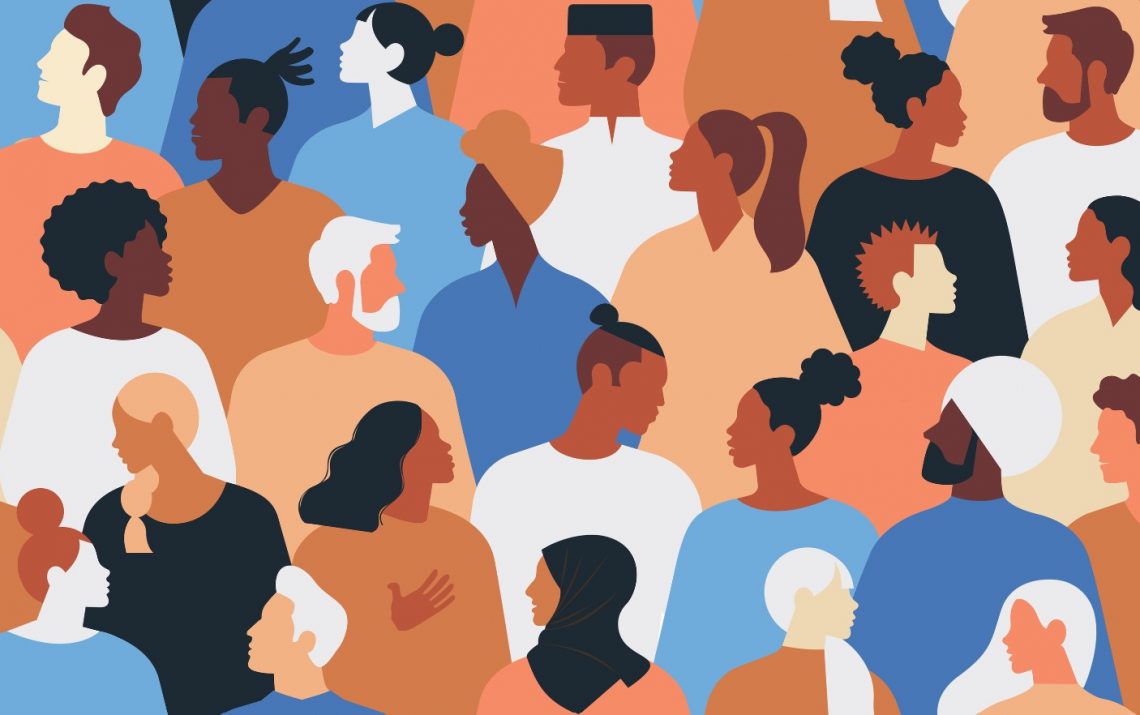Without a culture of inclusion in the workplace, diversity is doomed to fail. We have known this for many years, but still the terms get mixed together and many people see them as quite the same thing. The same thing they are not. The big mix-up may well be a contributing factor to why we are not progressing fast enough.
Creating an inclusive environment, where everyone with the capability to excel can do so, is crucial – but it requires commitment, and changing processes, and enabling people to do things differently. Measuring progress is an essential, and often overlooked, key to making a difference.
Diversity on its own, with no inclusion, will cost you a lot of money, and get you involved in a lot of initiatives – and is unlikely to work. You will spend a fortune on recruitment, for example. But, if you don’t create an inclusive environment, much of it will be an expensive waste of time – retention just won’t happen, and you will be back to square one.
As an example of what not to do, a bank spent nearly $1.2 million over three years on “diversity training.” When asked what the return had been on this investment, the proud response was: “We have 0.25% more women in our talent pipeline.” That does not sound like a great use of time and money! The training TOLD people to be respectful, inclusive and “tolerate” others. No deep dive on what that means, no continued embedding of the learning – and no measurement of whether the attendees did anything differently. Just “one and done.” No wonder the returns were poor.
Training of any sort has to take account of the fact that, while we are deeply programed at one level to seek human connection, we are more deeply programed to work out when that human connection is part of our tribe. Our tribe could be based on a range of factors such as gender, education, or socio-economic status. And, if you are not part of my tribe, then I am going to either remove privilege from you or give privilege to people who are. Self-awareness is the key to this – but exploring it can engender fears.
Fear is the main reason we are not moving the dial – we don’t often have open, courageous conversations that unravel our historical thinking. And, when we do, we rarely embed any changes it provokes, and certainly do not measure the changes.
To create an inclusive environment, we need to measure the leaders in an organization to work out who are the ones driving forward inclusion and who is holding it back. Often, keeping some kind of measure on who is driving activity and action around this space is all it takes. It stands to reason that leaders who are attending employee resource group (ERG) meetings, challenging recruiters for diverse slates, and being allies are far more likely to have an environment that recognizes diverse talent. If you can make this part of your performance management policies, so much the better.
Ensure every single manager, every team leader, can make a clear, granular business case for creating an inclusive environment. Encourage employee resource groups and network groups to be clear on how their events are driving inclusion, and therefore the business imperative. At an event with a leading keynote speaker, for example, have everyone bring someone from the “privileged group” within the organization – to help spread the word.
Companies that have been successful in making their workplaces inclusive are the ones that have embraced it wholeheartedly – reaching everyone in their organizations with their training, changing policies and procedures, and incorporating nudge technology into as many processes as possible. And the really successful ones do it quickly – and see their diversity and retention numbers go up.
Organizations that get it wrong, on the other hand, basically end up with a big bill and diversity fatigue. Nobody will say they’re not supporting diversity, and think it’s a waste of time. But they will say the right things, and the toxicity will go under the table. They will judge people who are “different” in a harsher way and still privilege the people who make them feel comfortable.
Such companies will spend a lot of money on events, announcements, and communications – and then, at the end of two years, realise they got it wrong. That’s why it’s important to have a mechanism for checking progress within an organization. Measure it and jump on it if it’s not happening. It’s all about accountability.
So, back to the bank and its “diversity training.” In the past two years, the organization has spent less money – but allowed more time to create inclusion that drives diversity. There is a clear business case, training that is realistic and challenging, constant embedding, and reminders. The result is an increased return on investment – and many more stands of diversity then simply gender.







